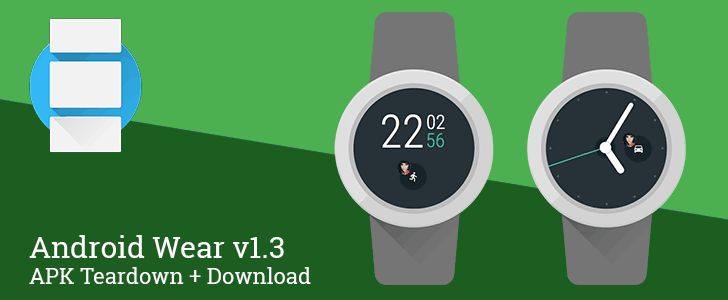latest
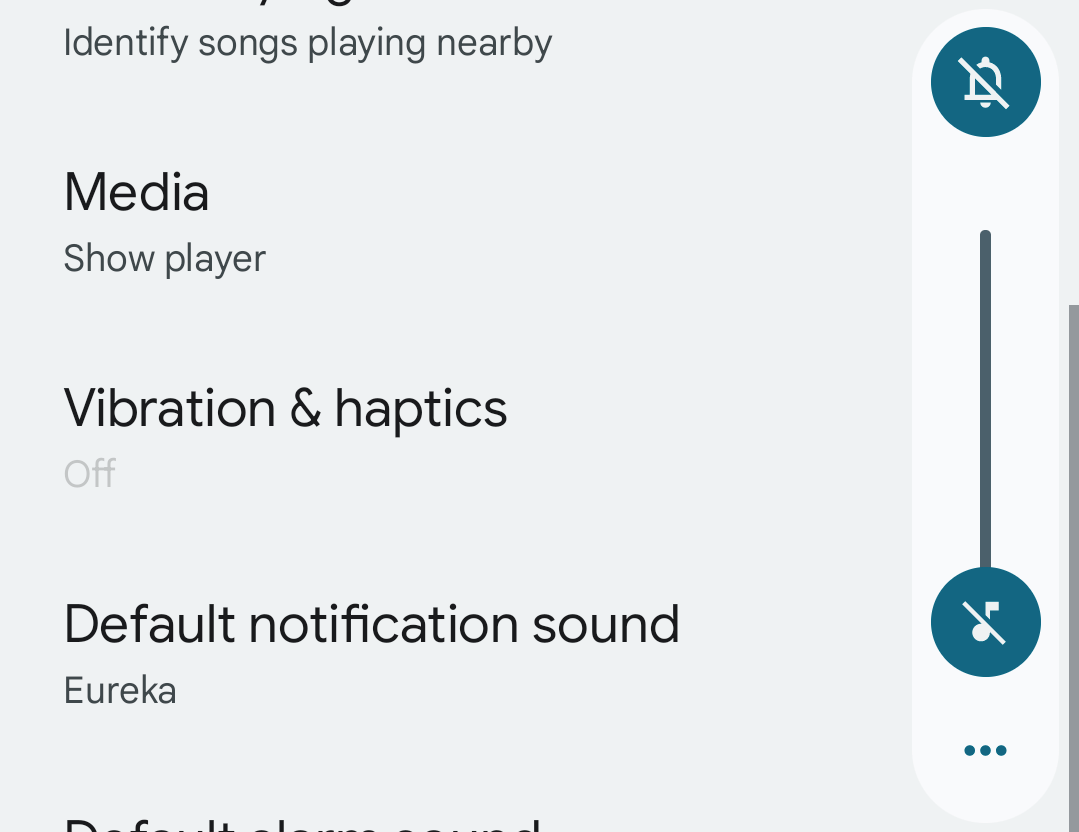
Silent ringer mode disables haptics almost entirely on Android 13 DP1
This may not be a popular change
One change in Android 13 DP1 will likely prove unpopular in the long run, and that's a tweak to how the phone handles haptic vibrations when the ringer is set to its silent mode. If you flip that switch in this new version, haptics are disabled almost entirely for a fully silent experience, devoid of any and all tactile feedback.
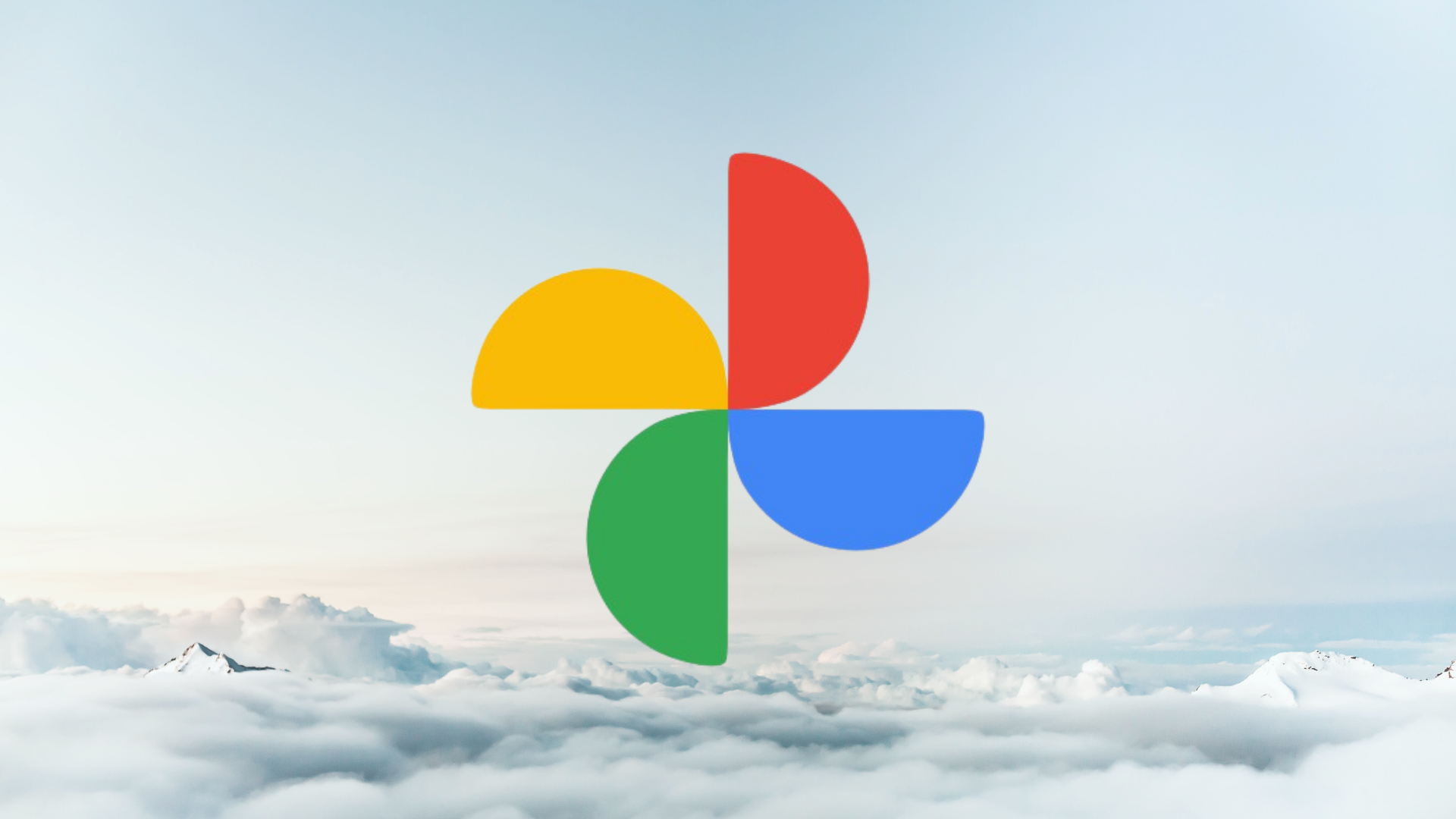
Google Photos is all click-click-click now and it's enormously satisfying
A more tactile experience for your cloud library
It's no secret that haptics are becoming an increasingly important factor in smartphones. Android haptics have always been a bit of a mixed bag, requiring a mix of premium hardware and excellent software. As these components continue to improve each year, Google has been slowly tweaking its software to include physical feedback. Photos is the latest recipient, adding a nice touch whenever you're browsing through your picture history.In recent updates to Google Photos, the timeline scrollbar now provides clicks for each month while sorting through an entire library (via Reddit). It's a positive experience, one that feels surprisingly good in action on my Pixel 4a 5G. It's not a slight enhancement either — it actually makes it easier and a little bit faster to find the exact month you're searching for on your timeline.It's a small step in bringing the physical experience of using Android a little closer to its rival. Like it or not, the iPhone has had killer haptics for years now, and Google Photos on iOS even has the same clicking sensation when scrolling through the library. However, while this could just be my opinion, the harsher ticking effect on the Android version feels a little better than the more subtle approach used in its Apple counterpart.This isn't the only effort working towards better physical feedback. Google is working to improve haptics with both Android 12 and the rumored Pixel 6, using audio effects to make the vibrations feel that much more accurate. It's not totally clear when Photos added haptics — or if it was just a standard server-side update — but it's live for us as of version 5.50.0.384752107. You can grab it using the Play Store link below or download the latest APK from APK Mirror.[EMBED_APP]https://play.google.com/store/apps/details?id=com.google.android.apps.photos[/EMBED_APP]
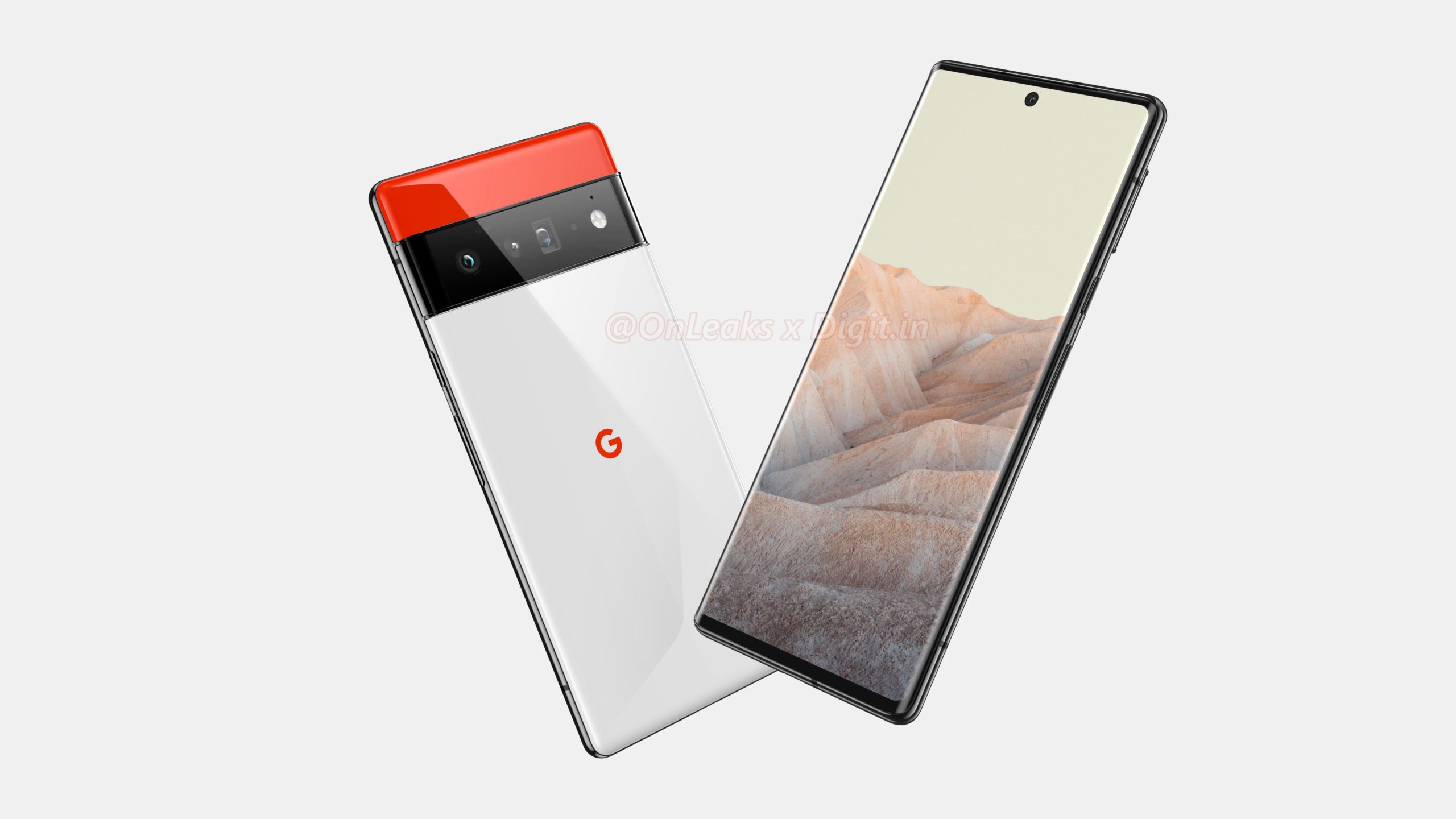
Latest Google Pixel 6 Pro leak gives us our best look yet
That extra-large camera bump is here to stay
It wouldn't be a Google hardware product if it weren't leaked to hell and back. Less than a week after we got our first real look at the next Pixel flagship, well-known leaker OnLeaks has delivered some new renders that show off the first significant re-design we've seen from Google in years.
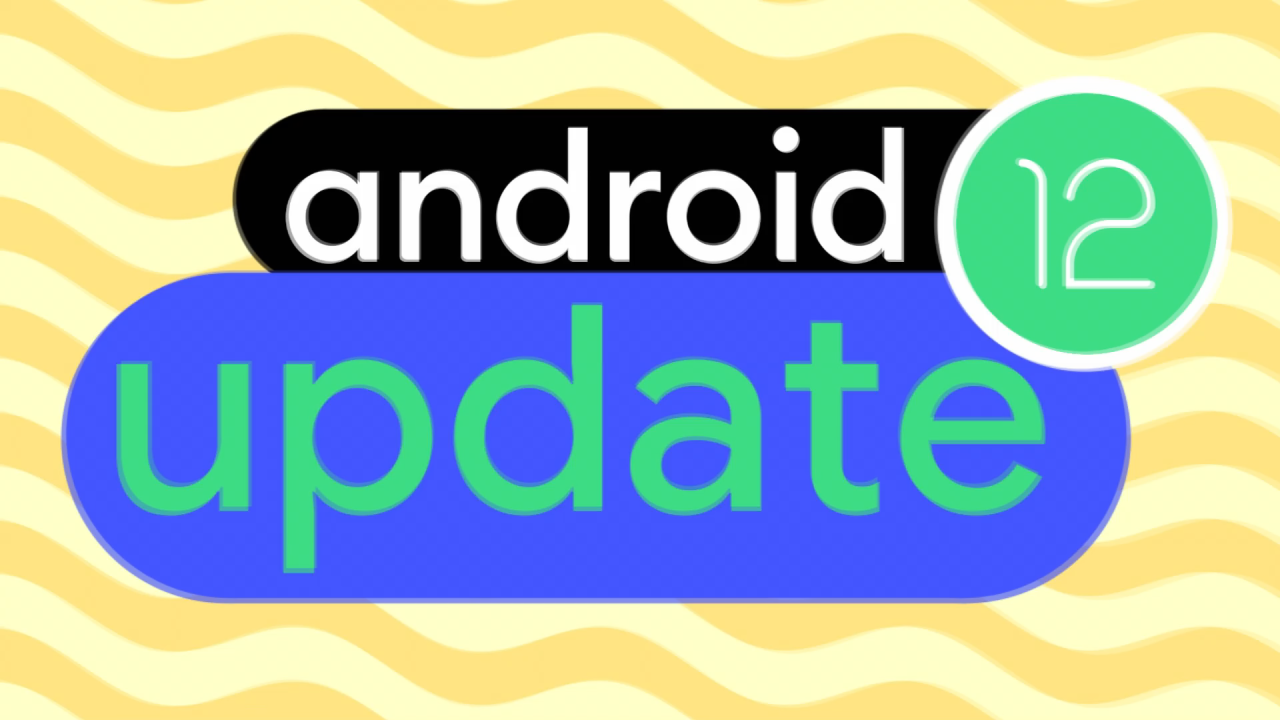
The latest Android 12 update is out, and it comes with new app splash screens
With Developer Preview 3 out today, the next major release should be a beta
Android 12 Developer Preview Three lands today. As usual, Google highlights the developer-facing changes in today's announcement, though it's almost certain there are other user-facing changes and hidden features in DP3 beyond the publicly documented API and permissions tweaks. Importantly, this is also the last major release before Android 12 enters its Beta Program, and changes start to slow down a bit.
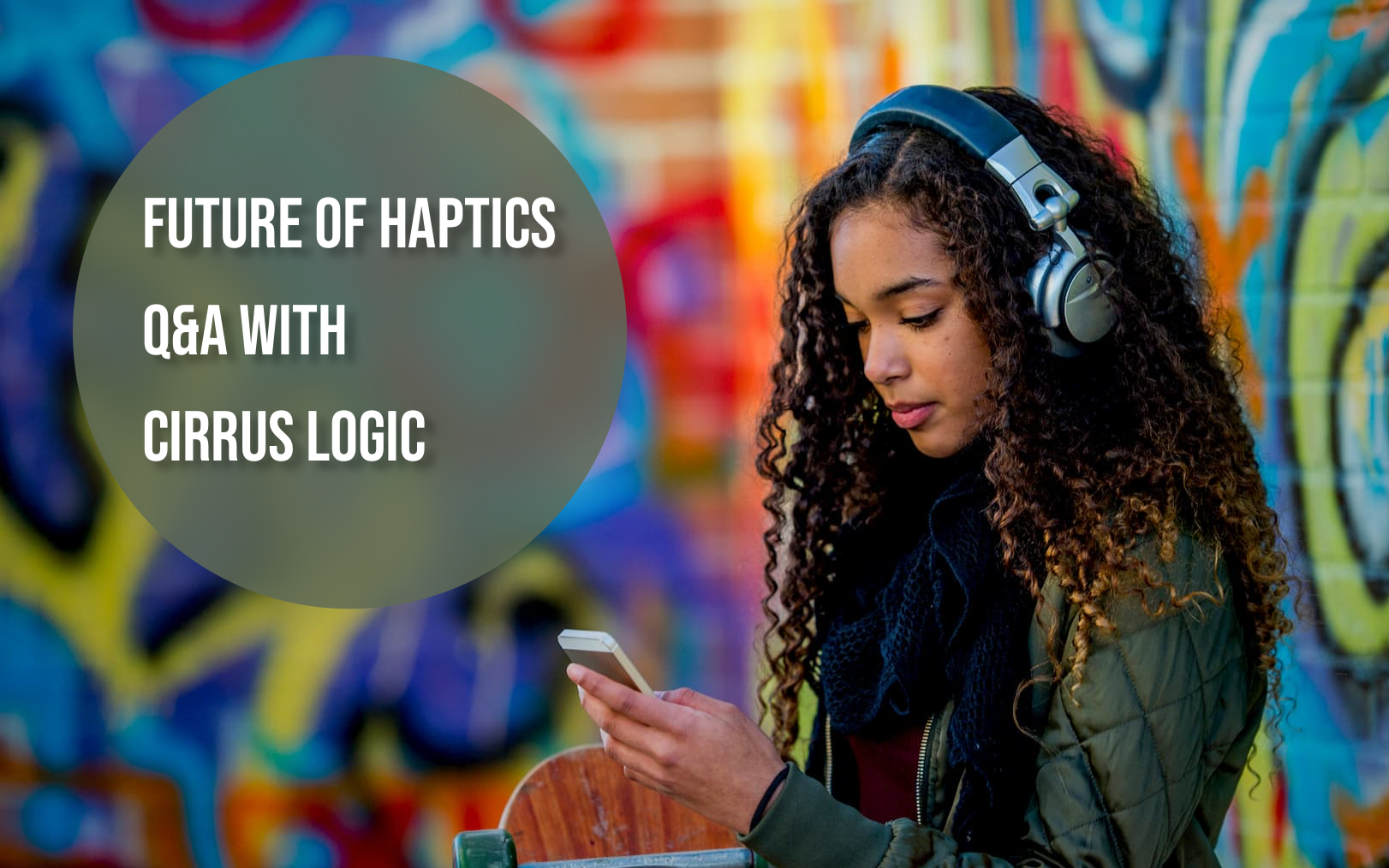
Where the future of haptic technology is headed (Q&A) (Sponsored)
Cirrus Logic answers our questions
What do you do when you have direct access to one of the leading premium haptic technology manufacturers in the world? You ask them every question you can think of! Catapulting off of our haptics Q&A from February, we had another chat with the folks at Cirrus Logic to discuss where they believe the future of haptic technology may be headed. Here's what they had to say:
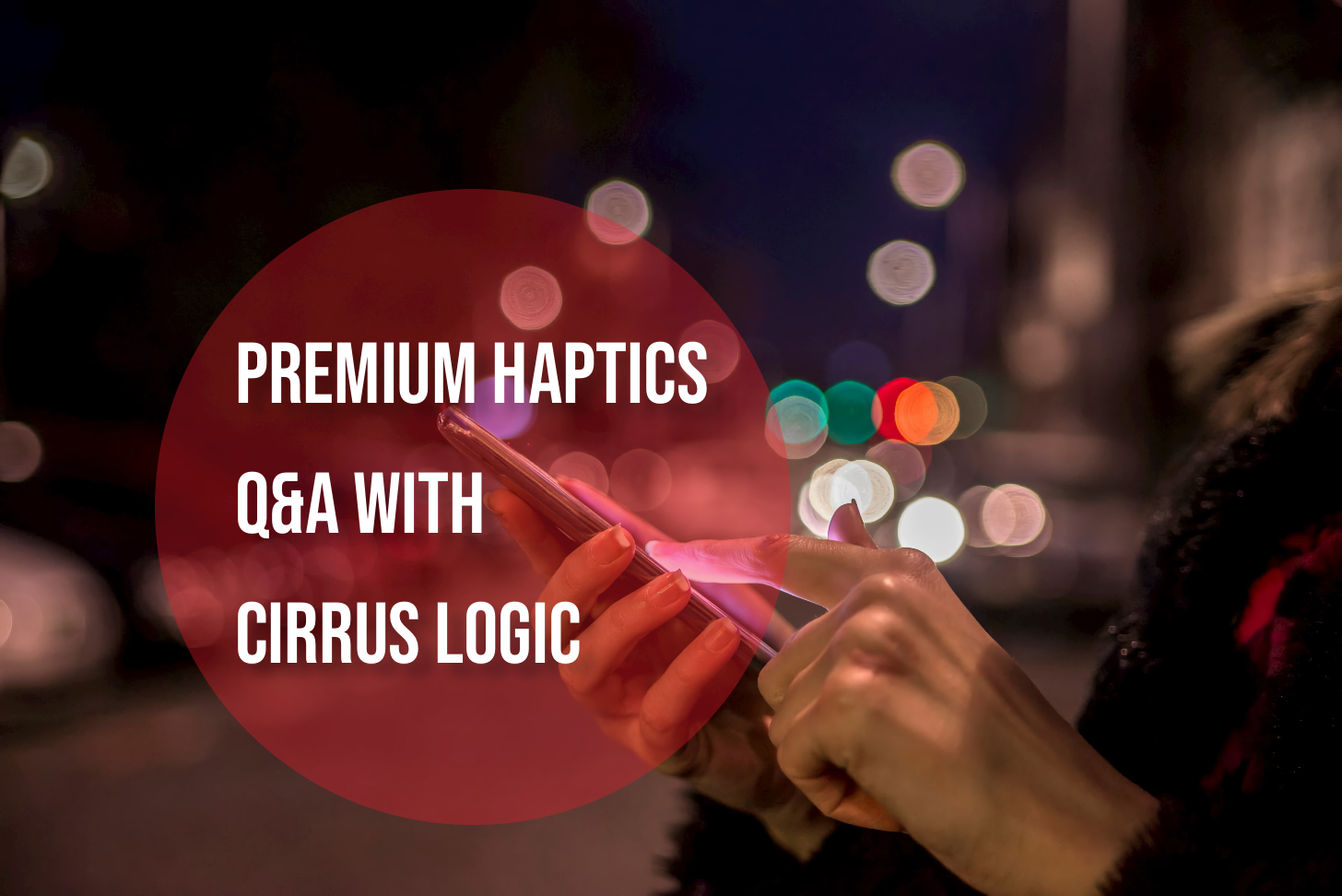
By now, you know how important haptics are to the smartphone user experience, but there’s still more to the story. We recently had a virtual conversation with the team at Cirrus Logic to get a better understanding of the price constraints that come with premium haptics, what implementation challenges they face as smartphones evolve, and more. Here’s how it went.

The Android 12 Developer Preview lands today! Breaking with the expected schedule, Google has just pushed out our very first taste of the next version of Android, available now for the Pixel 3 series, 3a series, Pixel 4 series, Pixel 4a series, and the lonesome Pixel 5. Developers that this release actually targets can also get their Android 12 on via Android Studio's emulator.
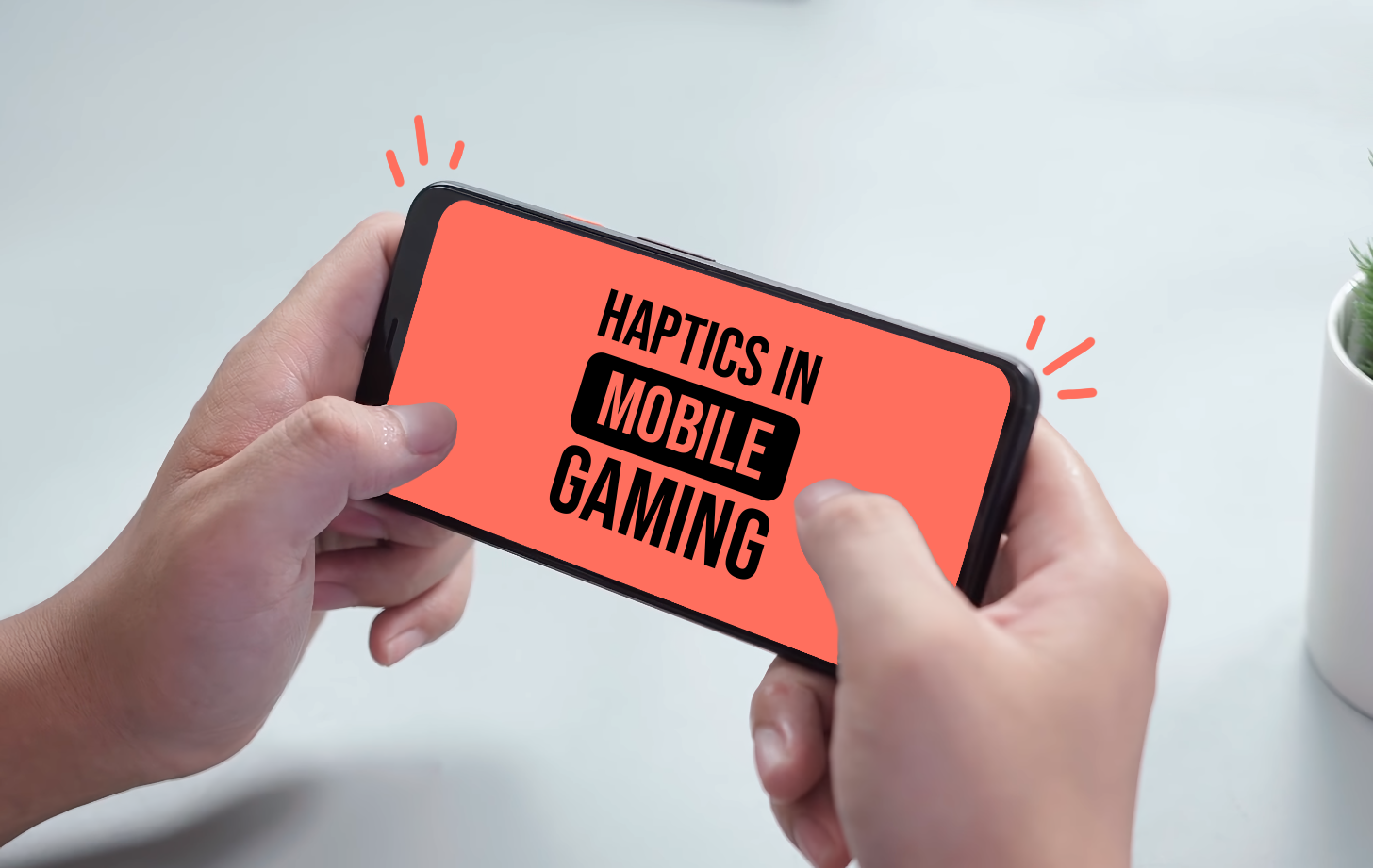
The mobile gaming market has been growing at a rapid pace, fueling the emergence of dedicated gaming phones and more ambitious games. To help mobile titles feel closer to their console cousins, some developers have begun to lean on in-game haptic feedback. Here's a look at how premium haptics empower better mobile gaming experiences.
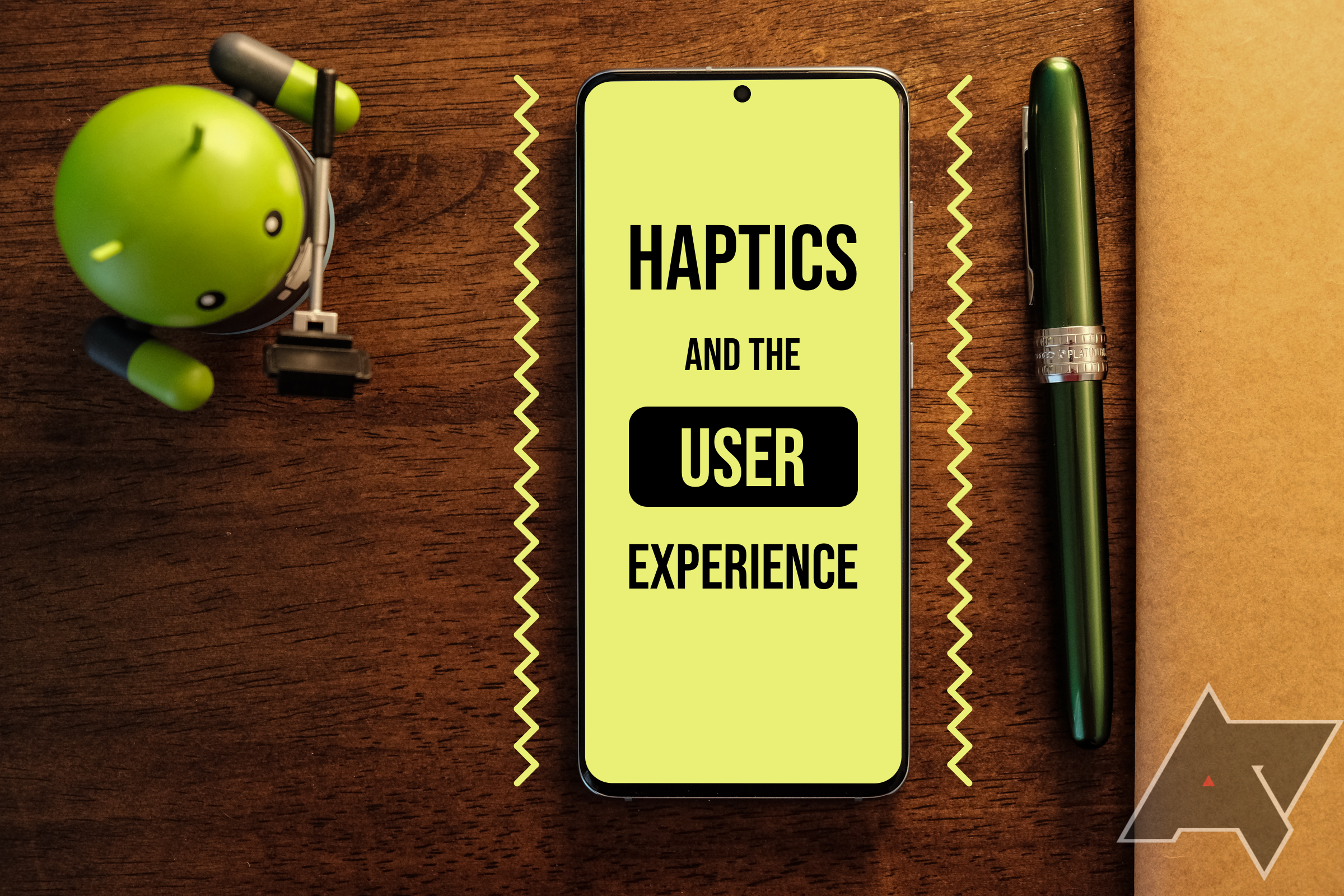
Building buzz: How smartphone haptics can make or break the user experience (Sponsored)
Not every vibration is created equally. Here's why they matter.
Your phone probably buzzes hundreds of times a day, relaying information with each tiny jolt. By now, you know how much force every vibration emits and what each length of buzz means, all without looking at your device — vital pieces of your smartphone's user experience. Today, we're talking about how haptic technology can impact the way you engage with your device, for better and for worse.
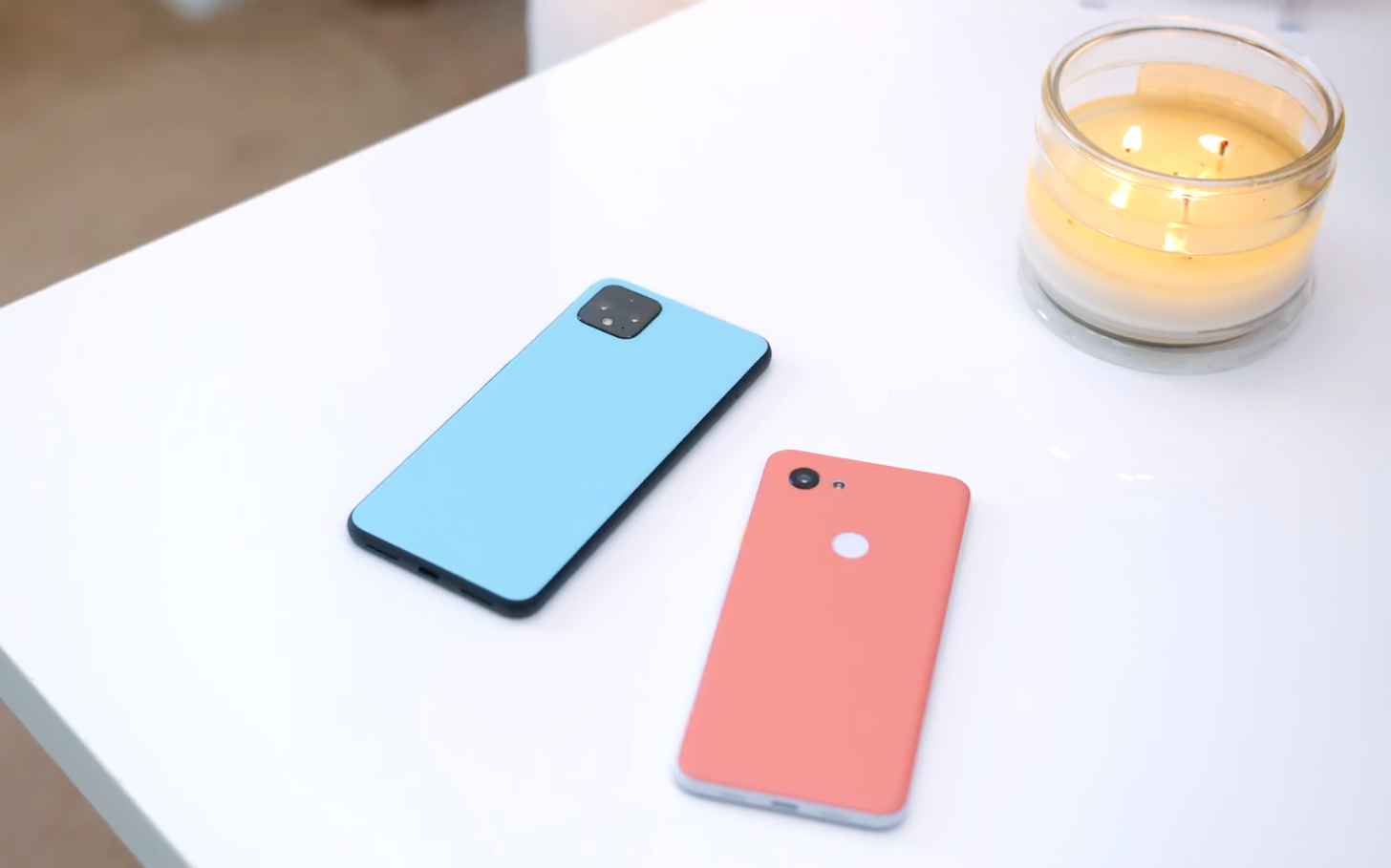
Why good haptics make you feel better about your smartphone (Sponsored)
Each buzz is calculated for precise tactile feedback
We recently took a deep dive into what haptics are and why they're a vital part of your smartphone. Today, we're going even further to see how phone manufacturers tune haptic motors to shape the user experience. Plus, we'll be touching on the physiology behind haptics and what OEMs hope to achieve in the future with haptic technology.

What are haptics, and why are they such an important part of your smartphone? (Sponsored)
Your phone's haptics are an integral part of how it communicates with you
Our phones buzz so many times a day, it's easy to take the tech behind these vibrations for granted. But just for a moment, stop and think about what would happen if those buzzes weren't there. How many text messages would go unread? What notifications would you miss? Would you still feel connected to your smartphone? In this first installment of our new haptic tech series, we're taking a closer look at how haptics came to be and why they're so important in your favorite smart devices.

Google gives more prominence to vibration settings on the Pixel 5
Haptics for calls, notifications, and taps can be adjust right from the Sound menu now
The Pixel 5 launch introduced new hardware, but it also seems to have delivered new software tweaks as well. Google sometimes debuts patches that bring bug fixes and the occasional new feature on newly-released Pixels, and the Pixel 5 is no different. In a welcome move for those who like to customize things, the settings app has been adjusted to give better visibility to controls for vibration and haptic feedback.

A lot more goes into good smartphone haptics than you'd think
A quick dive into the hardware and software that make the experience work
In the wake of our Pixel 5 review, we were left thinking about the subject of haptics and what, precisely, separates good haptics from bad. It's hard to quantify a sensory experience, and that's part of why phone reviews are a thing. But we've dug into the subject, and even sat down with Cirrus Logic (who makes haptic solutions for phones) for a quick educational course.
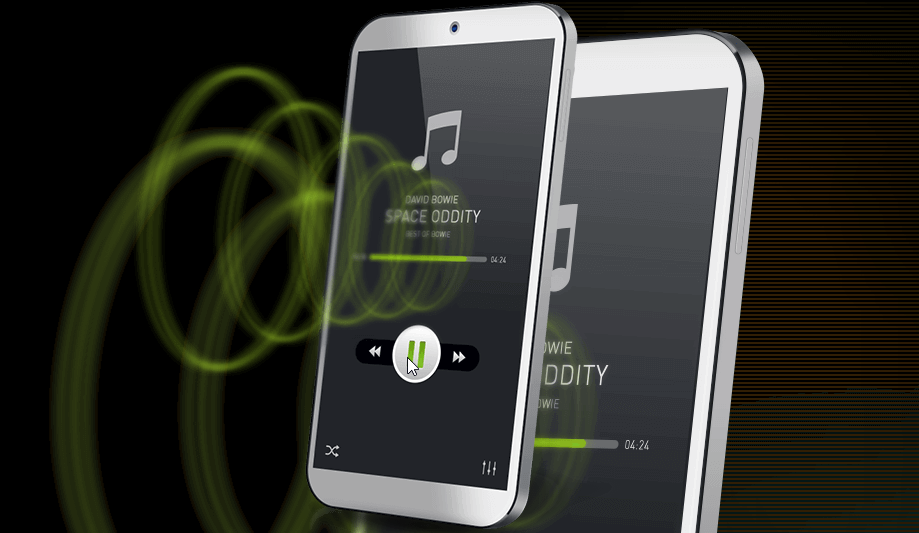
According to a recent article by Bloomberg, late last year Google sneakily picked up a U.K.-based startup called Redux that was working on some snazzy tech which can turn surfaces—like the screen on a phone or tablet—into speakers, and even provide more focused haptic effects. The precise date of the acquisition isn't certain, but according to Crunchbase, the deal was announced last August.

When it comes to haptic feedback, which is a fancy term for the way your smartphone vibrates or physically responds to your actions, smartphone users are not used to much variety. Unlike the complicated haptic motors in console gaming controllers, my EVO has a pretty standard and very basic vibrating motor inside, and the only aspect apps can control is the length of the vibration. Boooring.




